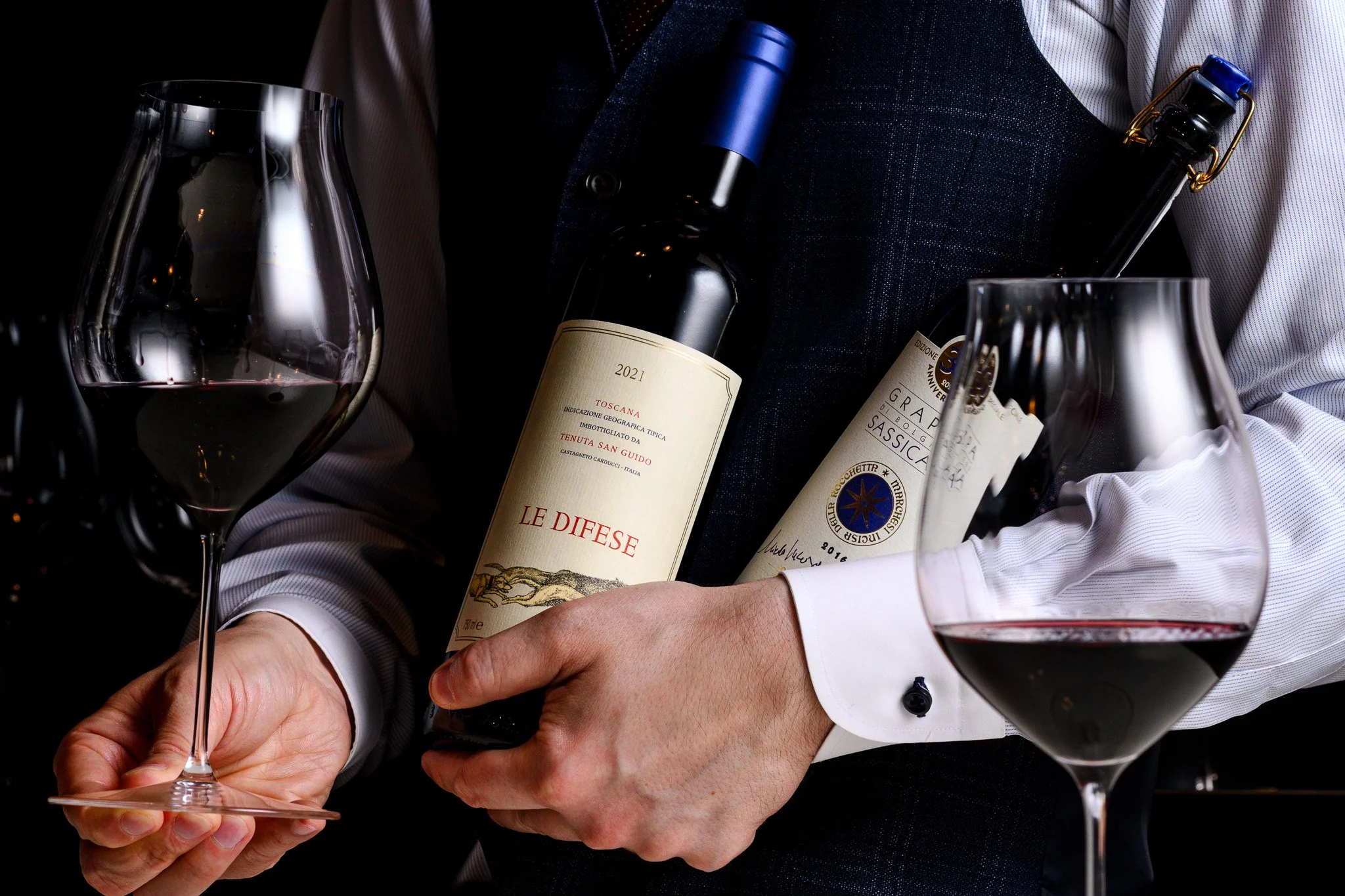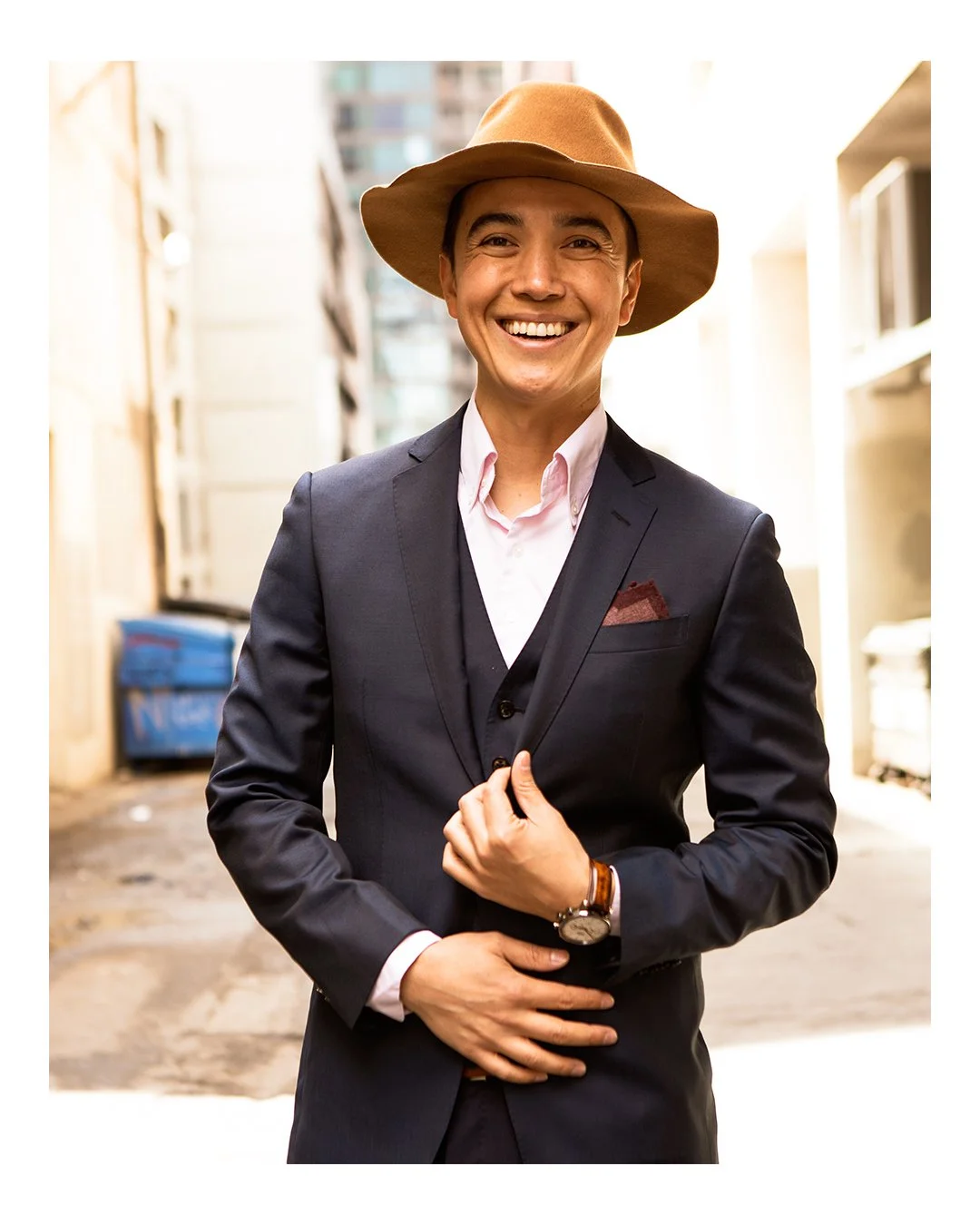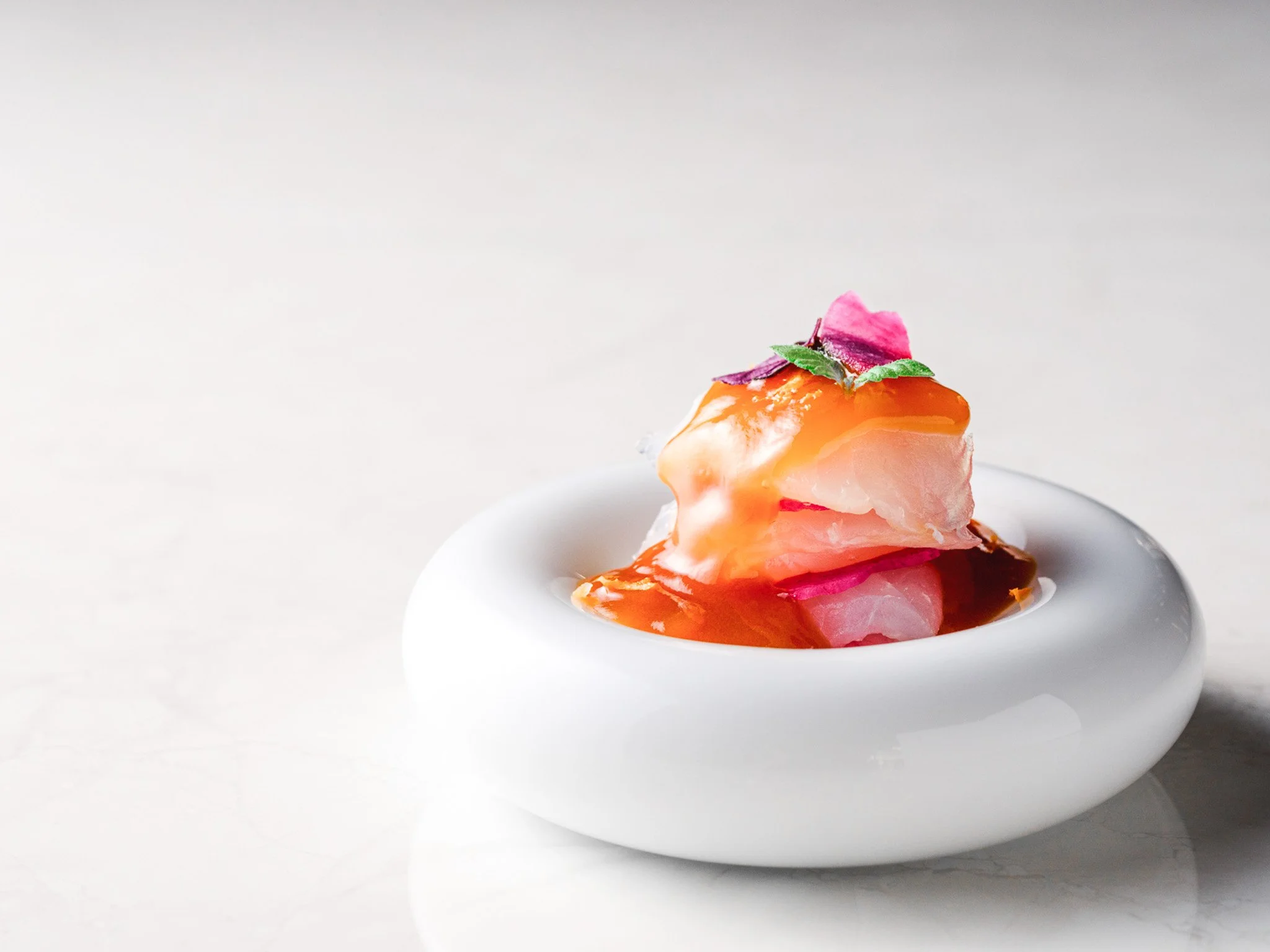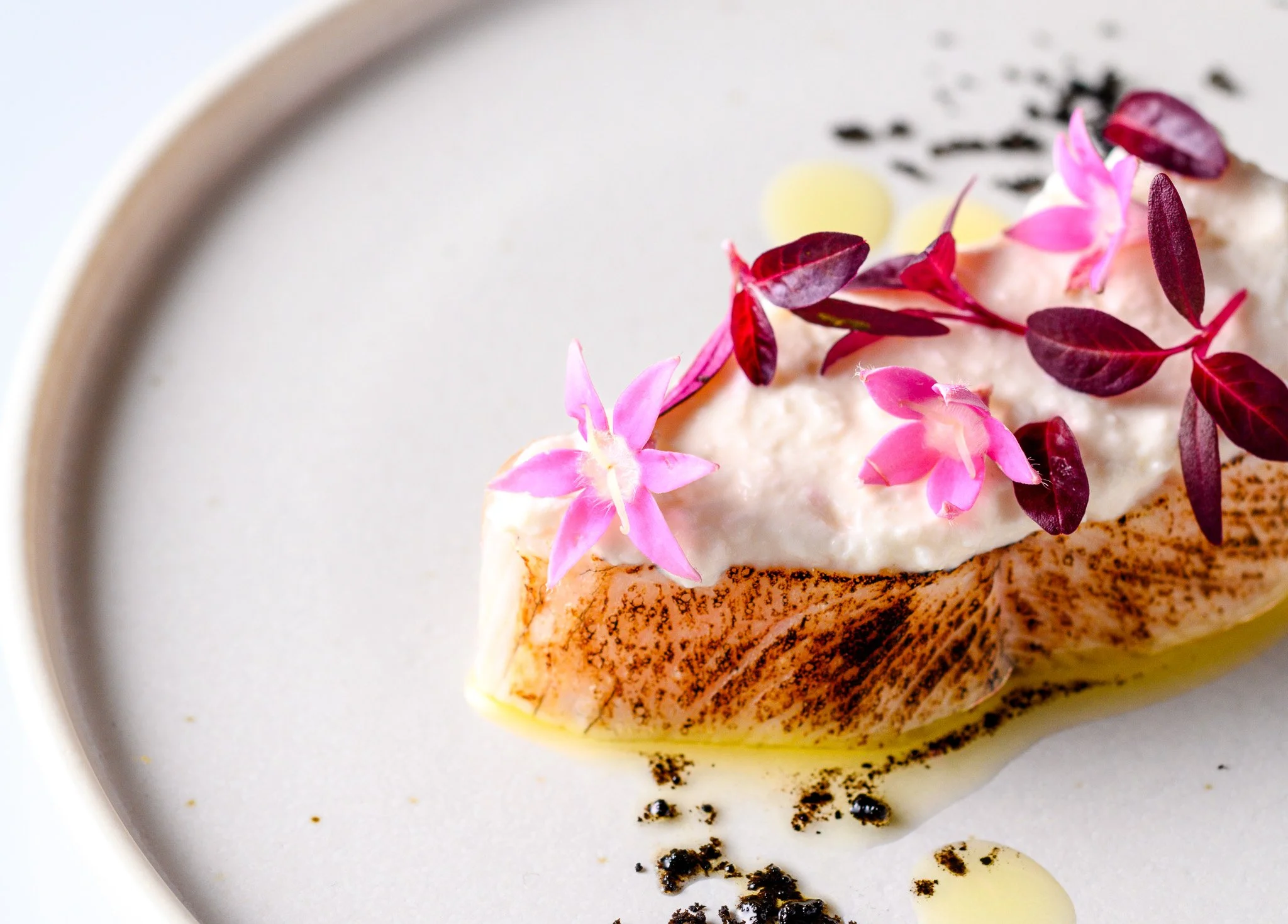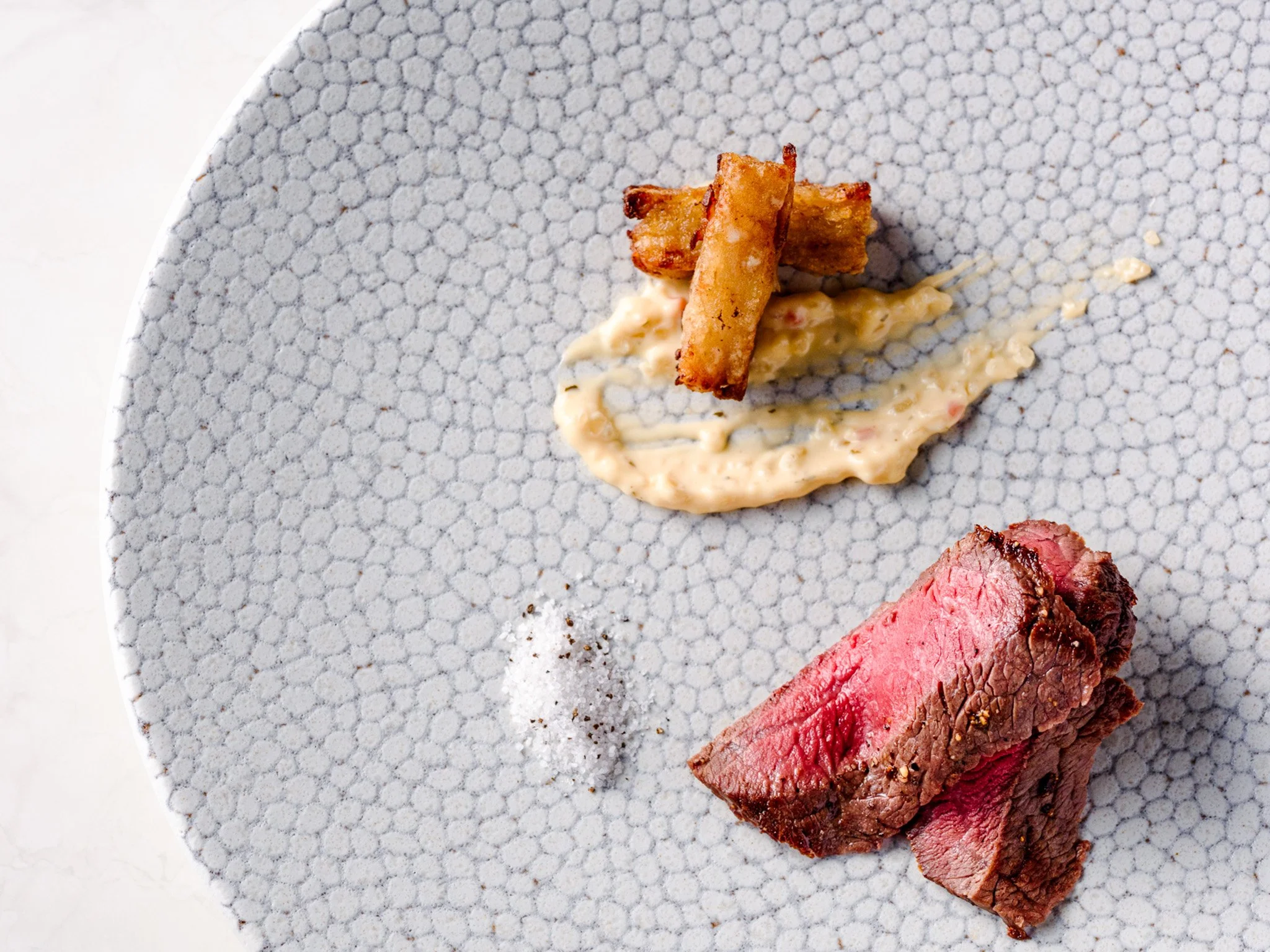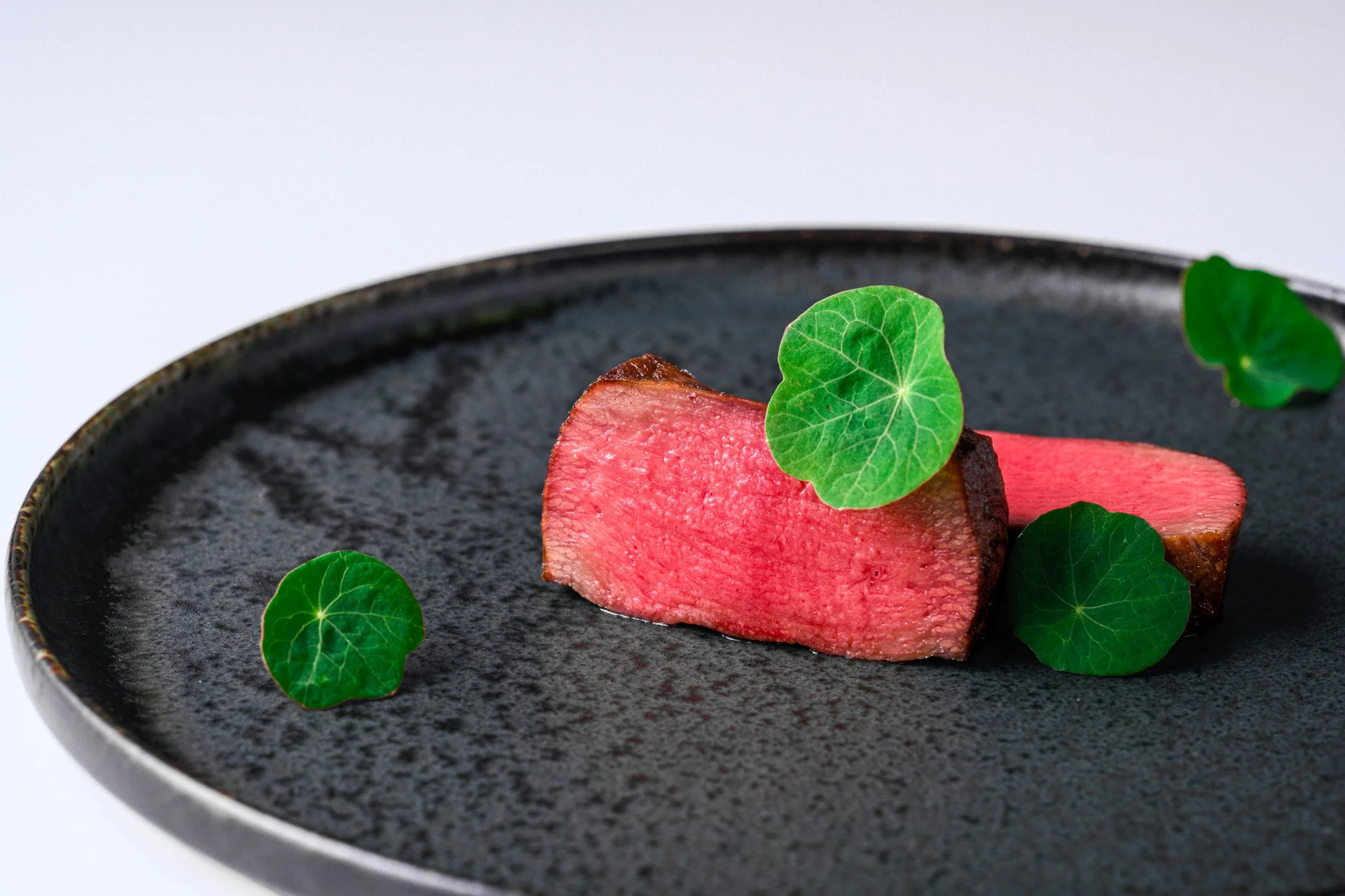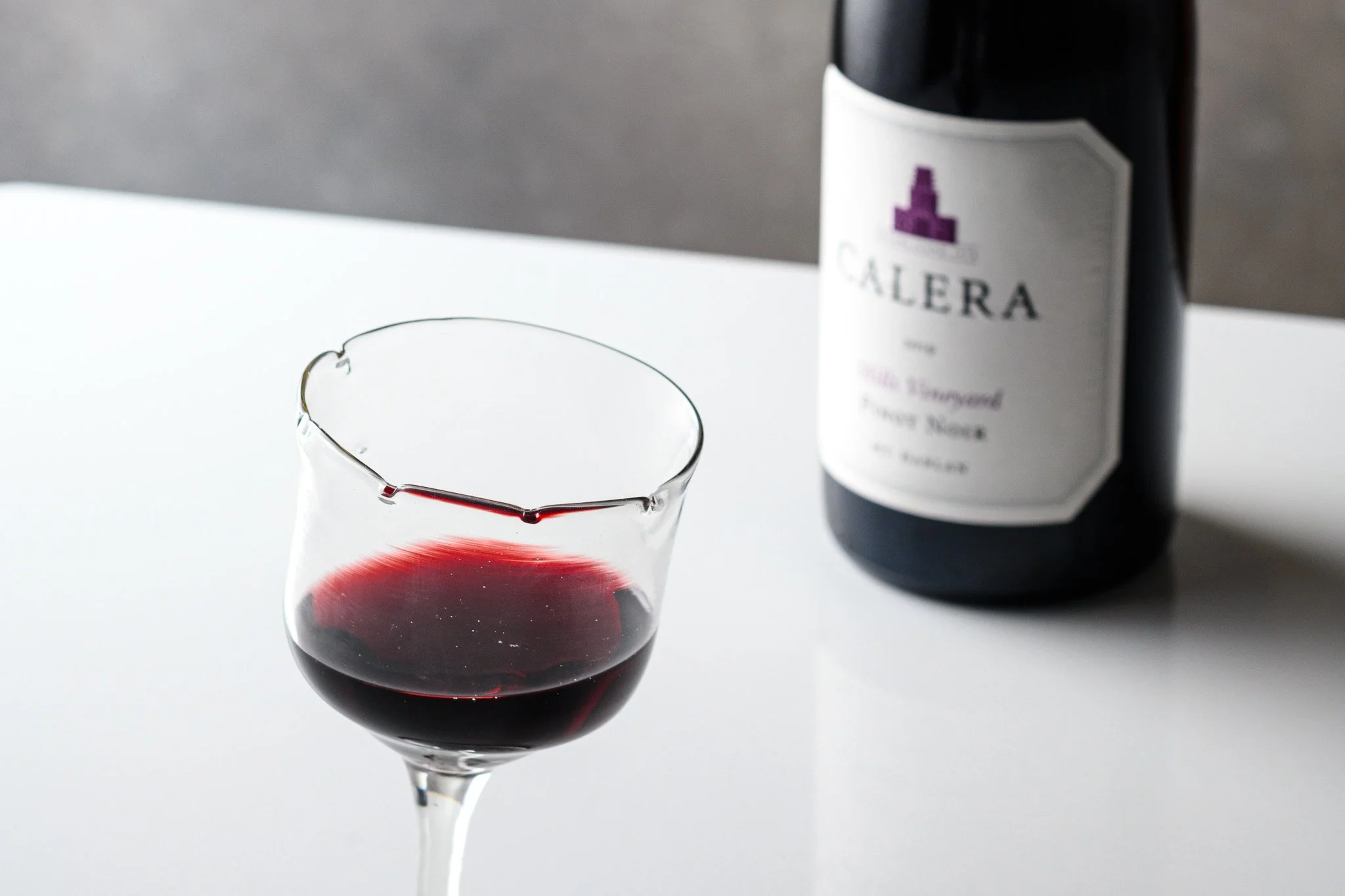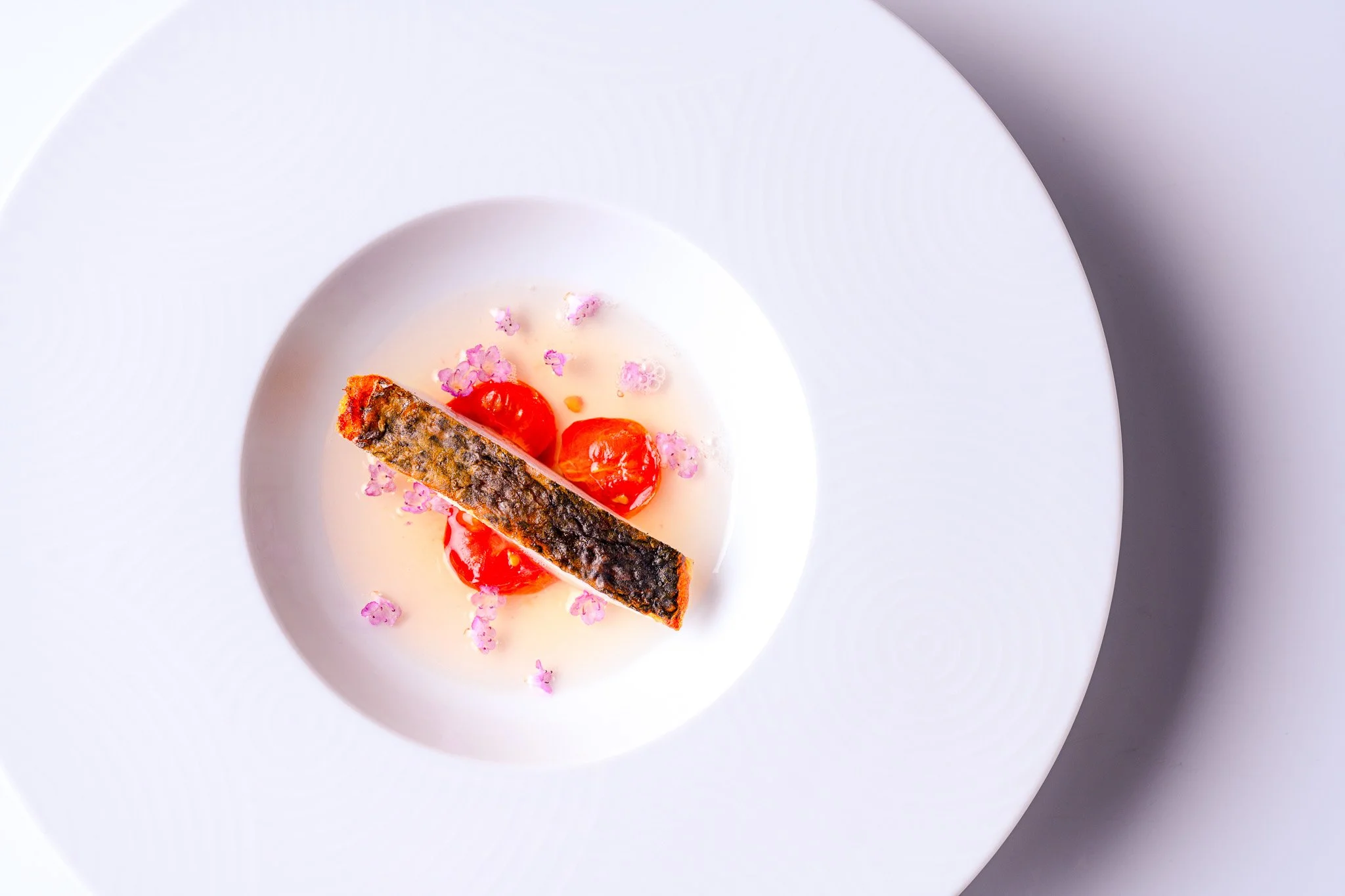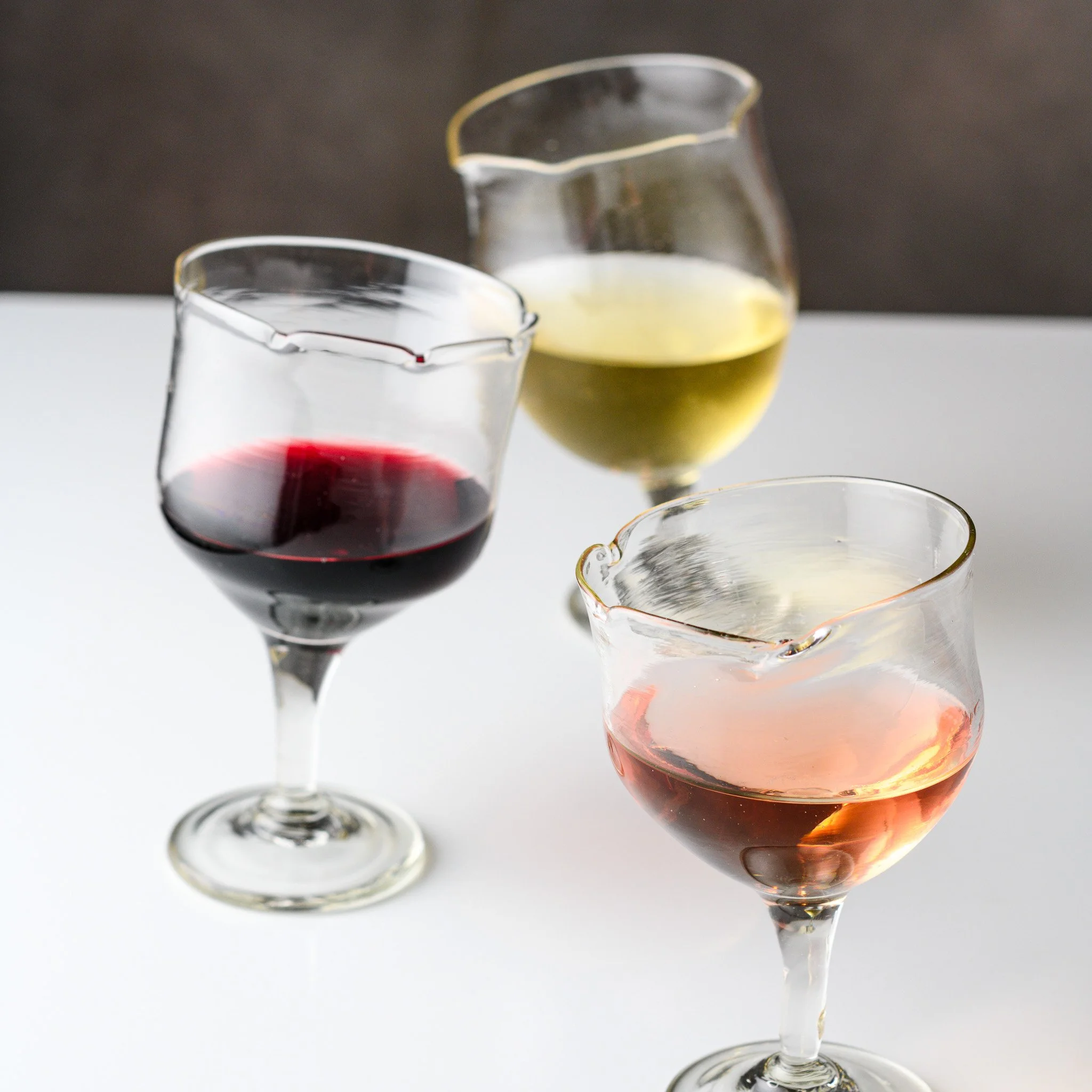We asked chanfe tokyo`s owner about wine pairing
What is Wine Pairing?
Wine pairing is an art that enhances the relationship between food and wine. By choosing the right wine to accompany a meal, the flavors of the dishes can be elevated, resulting in a richer dining experience.
At Chanfe Tokyo, our owner employs a unique approach to wine pairing, which we will explore in more detail later in this article. But first, let’s discuss some basic principles of wine pairing.
Chanfe Tokyo / SASSICAIA
Basic Rules of Wine Pairing
1. Balance of Flavors
It’s crucial to maintain a balance between the flavors of the wine and the food. Generally, lighter dishes pair well with lighter wines, while richer dishes are complemented by fuller-bodied wines.
2. Regional Matching
Wines produced in the same region as the cuisine often pair harmoniously. Just as Japanese dishes are well-suited to sake, Italian cuisine typically shines with Italian wines, and French food pairs beautifully with wines from France.
3. Flavor Complementation
The interplay of flavors between the wine and food is essential. For instance, a dry white wine can cleanse the palate when paired with rich dishes, while a sweet wine may soften the heat of spicy foods.
4. Acidity and Saltiness
Wines with higher acidity often pair well with salty dishes. For example, a Chardonnay goes beautifully with salty seafood dishes.
Now, let’s delve into the unique approach to wine pairing at Chanfe Tokyo, as explained by our owner, Sean.
The Unique Perspective of Sean
With over 20 years in the restaurant industry, Sean has spent most of his life in Los Angeles, constantly immersed in the world of wine. While he is not a certified sommelier, he possesses extensive knowledge of California wines and has served countless customers, always prioritizing their preferences over his own.
Sean has built a thriving establishment where renowned Napa wineries often visit to showcase their wines. However, through his experiences at various esteemed Californian restaurants,
Chanfe Tokyo / Owner Sean Sumlin
he noticed a disconnection in wine pairing:
“Many sommeliers' pairings don't truly complement the dishes!”
Although not all restaurants fall into this trap, the limited selection of wines offered by the glass often leads to a reliance on universally acceptable varietals like Merlot, Pinot Noir, Cabernet Sauvignon, Chardonnay, and Champagne.
While each of these wines can be delightful on their own, none can be expected to harmonize perfectly with every dish. There is great variability even within a single varietal; for example, Chardonnay can range from crisp and fruity to heavily oaked.
The idea that “white wine goes with fish” is an overly simplistic approach. The focus should be on how the chef wants diners to experience each dish, which is vital when selecting a wine.
Chanfe Tokyo / Halibut Carppacio
Example: Pairing with Halibut
Consider Halibut, a fish known for its mild flavor. While it lacks distinct character, it is incredibly versatile in terms of seasoning and preparation.
For sashimi, you might use ponzu, salt, yuzu pepper, or soy sauce.
When grilled, it can be paired with herbs, creamy sauces, tomato sauces, or pesto.
Chanfe Tokyo / Seared Amber Jack with burrata cheese
In pairing, I believe the goal is not to overshadow flavors but to enhance them. Therefore, it is more important to match the wine with the seasoning than merely the ingredient itself.
-With Ponzu: A slightly acidic white wine would work well.
-With Salt: A buttery white with minimal character is ideal.
-With Yuzu Pepper: A dry white or a crisp sparkling wine would complement nicely.
-With Soy Sauce: While unconventional, a slightly sweet Cabernet Sauvignon or a heavier Merlot could be delightful.
-With Herbs: A wine with a touch of oak, either white or red, would balance well without overpowering the dish.
-With Cream Sauce: Depending on the dish's complexity, a Pinot Noir with good acidity might be the best choice.
The Role of Meat Pairing
When it comes to meat, the cut, cooking method, and doneness can drastically change the pairing. For instance, we previously served A5 Matsusaka beef sirloin, known for its beautiful marbling and balanced fat.
Chanfe Tokyo / A5 Matsuzaka Wagyu Steak
We paired it with a Zinfandel from Prisoner Wine Company, which, despite being one of the more affordable options, complemented the sirloin perfectly with its dryness, berry notes, and a hint of pepper.
Chanfe Tokyo / Prisoner Wine Company
This pairing consistently leaves around 90% of our customers satisfied and happy.
Transitioning to New Flavors
Recently, we've transitioned from sirloin to beef tongue, which is slow-cooked to a tender, rare finish. Given its sweetness and slight acidity from the red meat, we now pair it with a lighter, less oaky Pinot Noir.
Chanfe Tokyo / Slow Cooked Beef Tongue
This choice ensures the wine doesn’t overshadow the delicate flavors of the beef tongue while enhancing the overall experience. We’ve chosen a Pinot Noir from Calera, often referred to as the “Romanée-Conti of California,” which consistently delights our customers.
Chanfe Tokyo / CALERA
Understanding Customer Preferences
This 90% satisfaction rate is significant. Many customers do not necessarily seek the “perfect wine for their meal”; rather, they often desire simply “a delicious wine.” Ultimately, whether a wine is enjoyed is entirely subjective and dependent on individual taste.
This is why I often struggle with establishments that serve wines they deem “good” without considering customer preferences.
For those who simply want to enjoy a good wine, we sometimes offer selections that may not be the absolute best match with the food but align better with their tastes.
Our approach allows for flexibility, catering to the myriad preferences of our diners—whether they favor sweets, spicy dishes, or have specific likes and dislikes.
The Importance of Creativity in Pairing
In our courses, the chef strives to cater to diverse palates, but we also recognize the beauty of pairing. By having a variety of wines on hand, we can explore and discover the perfect match alongside our customers without being locked into predetermined pairings.
Chanfe Tokyo / Sauteed Seabass w/White Tomato Sauce
At Chanfe Tokyo, we encourage creative and unexpected pairings, breaking free from traditional rules. We offer wines that we believe will work well, but we always prioritize the preferences of our guests.
Whether we present two options for a guest to choose from or offer them a wine that can accompany both red and white options, our goal is to tailor the experience.
A Unique Glass Experience
We take pride in our glassware as well, using the handcrafted Pecori Glass by glass artist Kohei Komaki, offering a unique and artistic drinking experience that cannot be found elsewhere.
Chanfe Tokyo / Pecori Glass Glass artist Kohei Komaki
In some cases, we even serve different wines simultaneously to male and female diners at the same table, ensuring each guest enjoys a personalized experience.
Conclusion
In the brief time we have with our guests, the most important aspect of pairing is ensuring that the wine fits their personal tastes. At Chanfe Tokyo, we strive to create memorable dining experiences by understanding our guests’ preferences and enhancing their meals with thoughtful wine selections.
Wine pairing requires experience and knowledge.
While it is essential to consider whether a wine complements a dish, the more critical question is whether the wine resonates with the customer.
